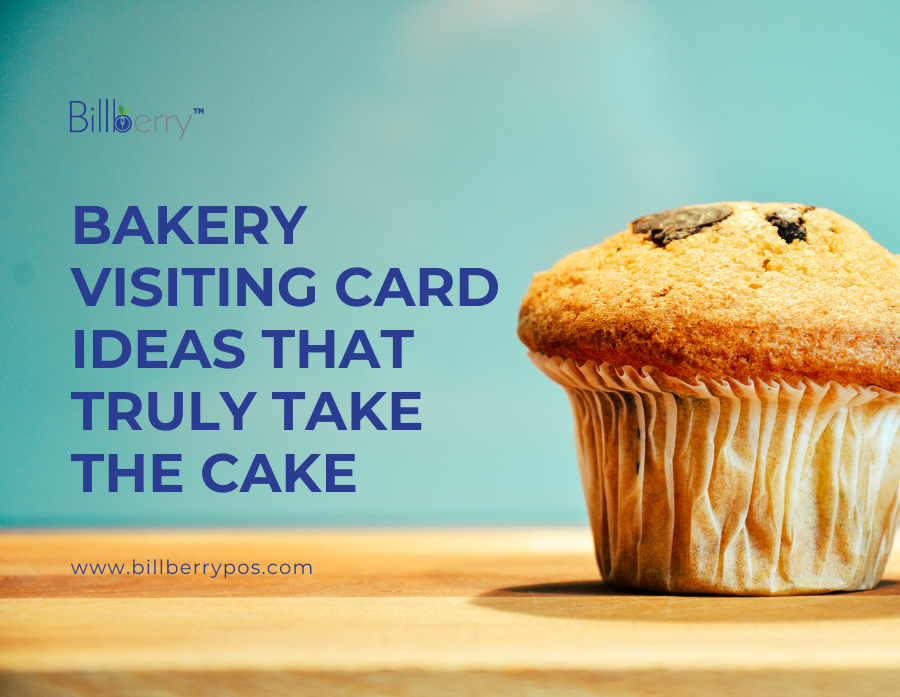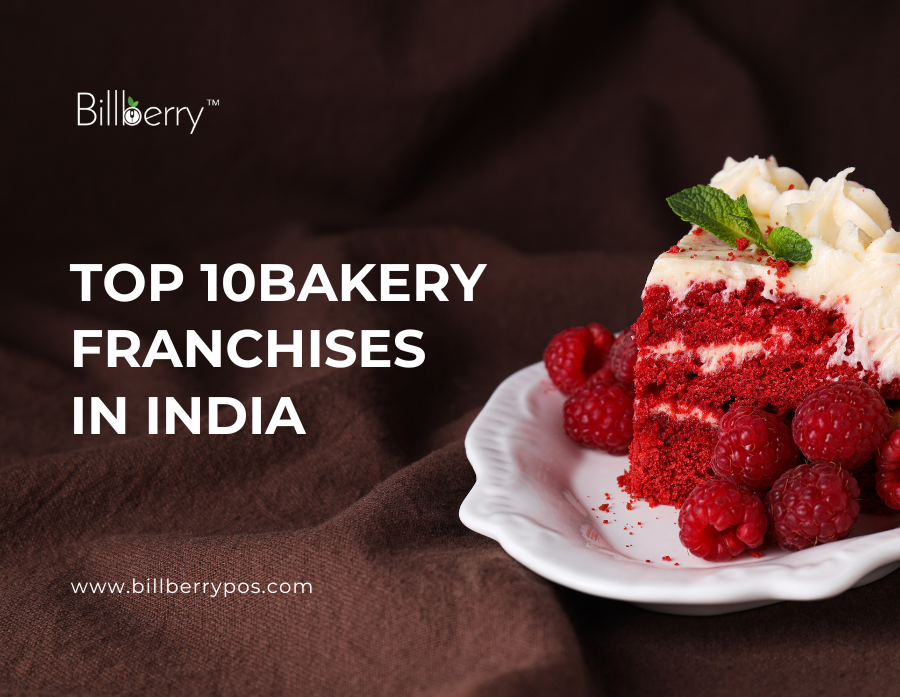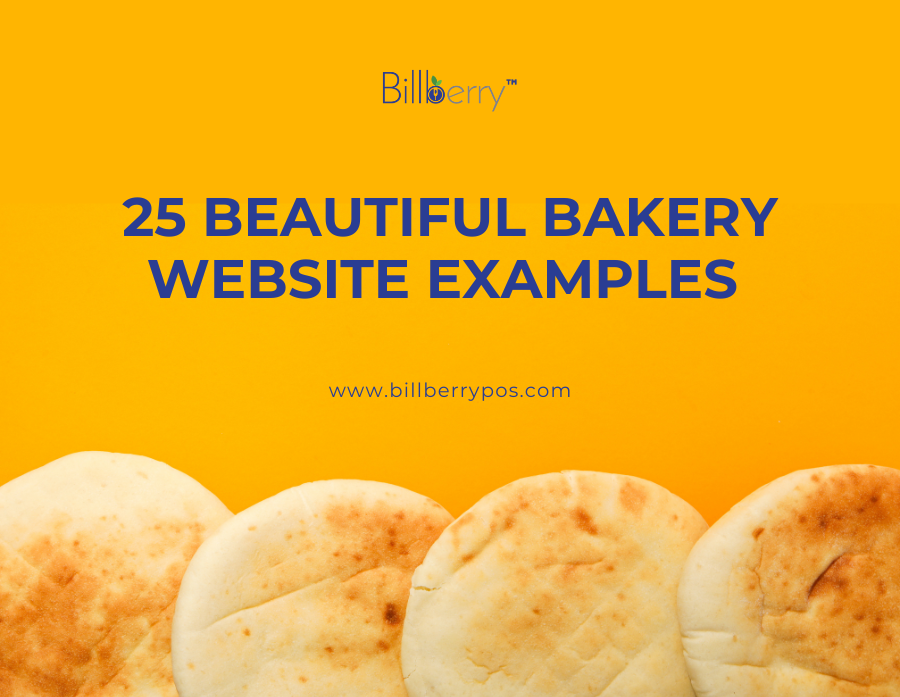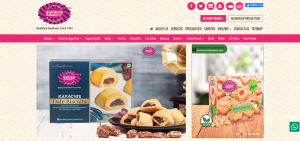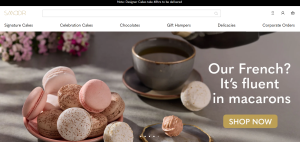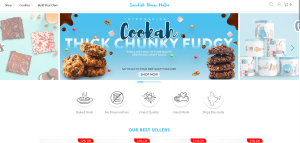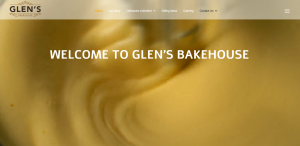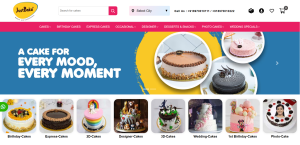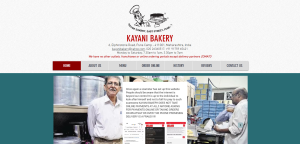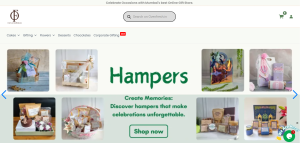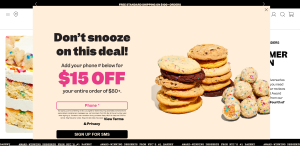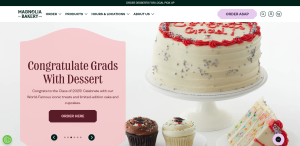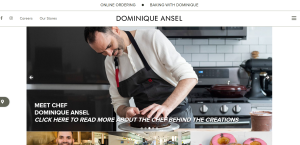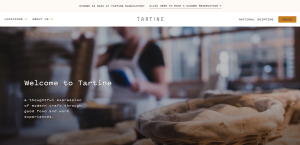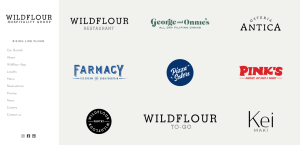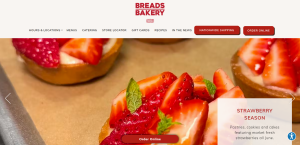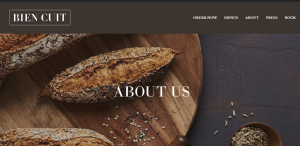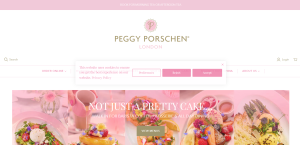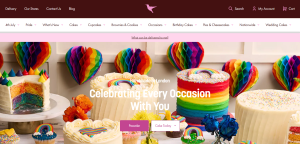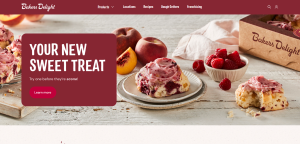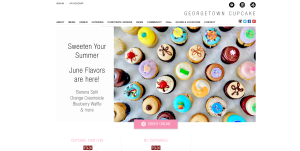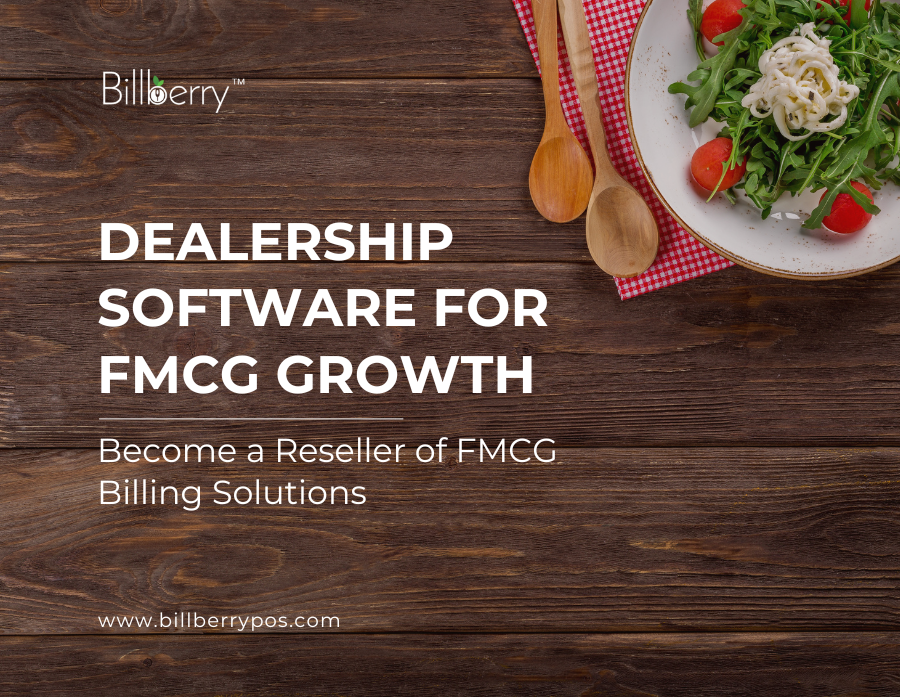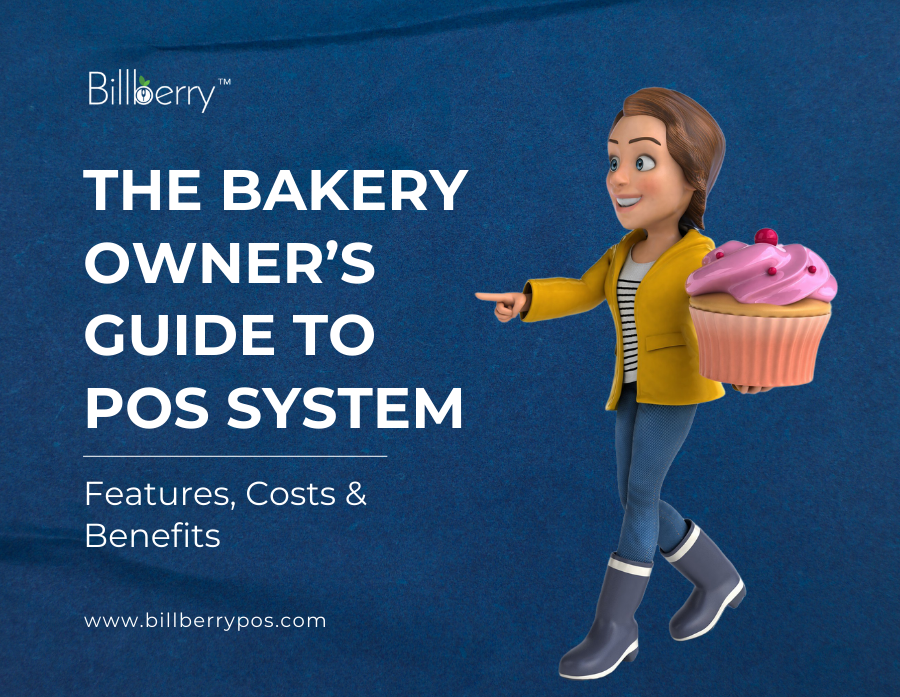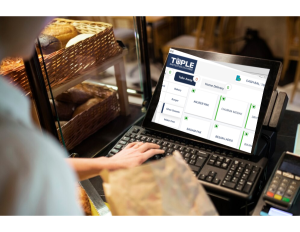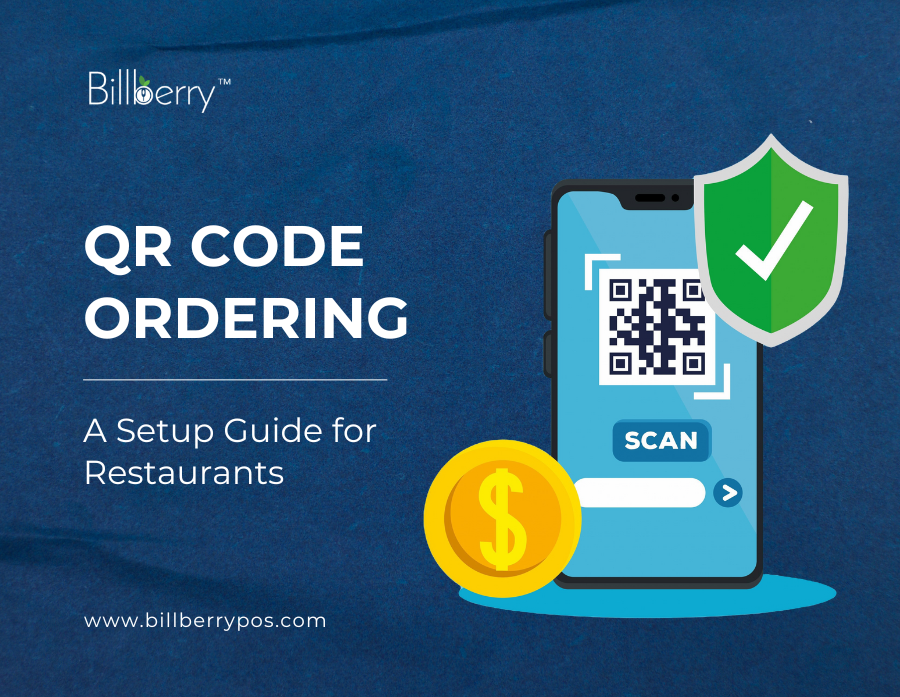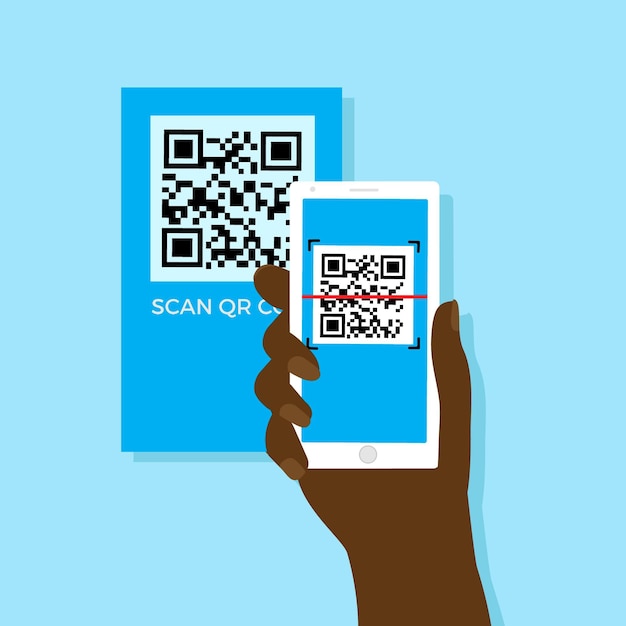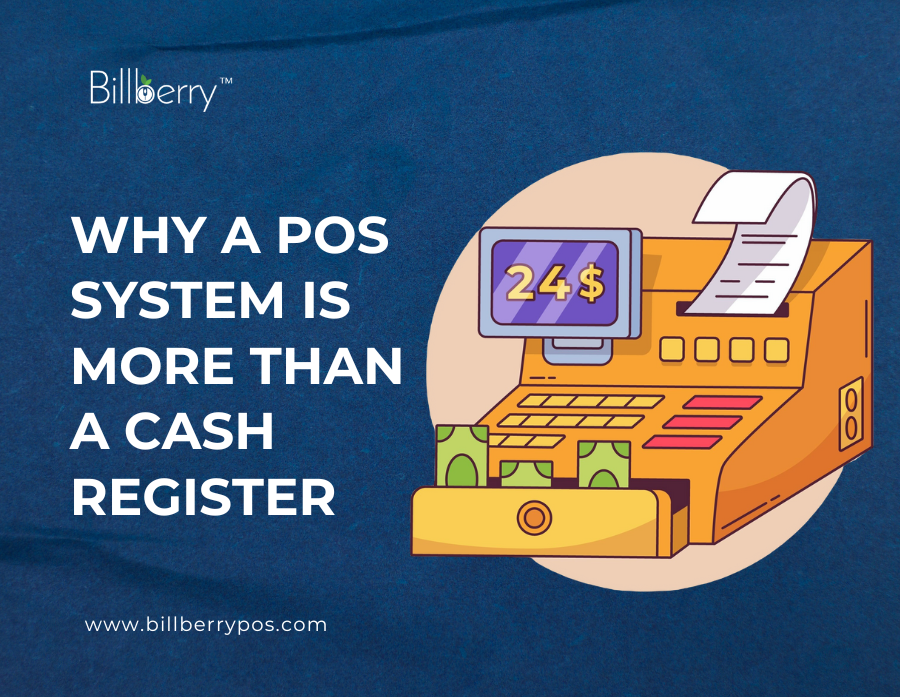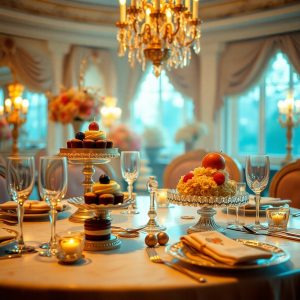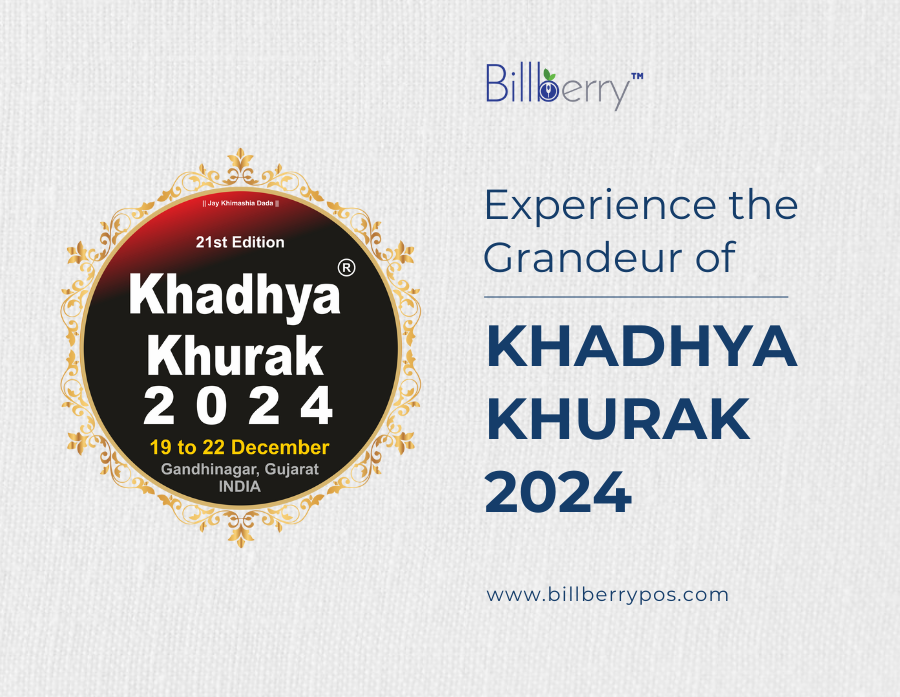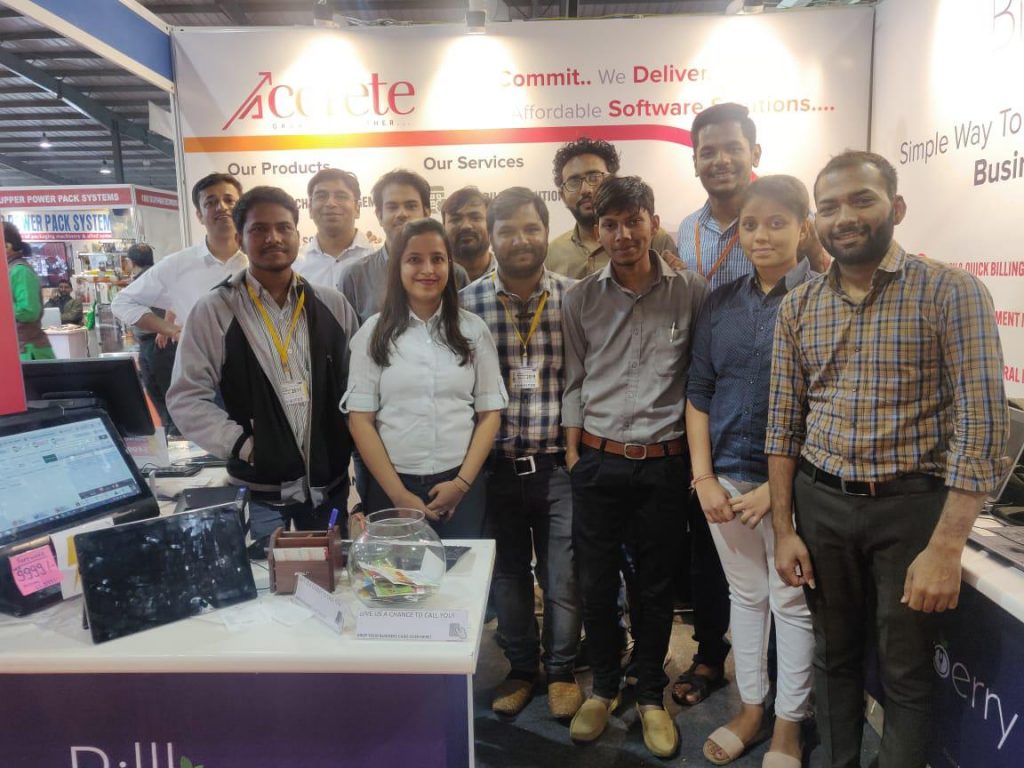When someone takes a bite of your pastry, they remember the taste. But when someone takes your visiting card, what do they remember? In the world of bakeries, where aesthetics, aroma, and attention to detail matter, it’s not just the product that should be baked to perfection. Your branding tools, especially your visiting card, deserve just as much love and creativity. Because let’s face it: A bakery visiting card isn’t just a piece of paper. It’s a tiny slice of your brand, the first impression that lingers long after the crumbs are gone. Whether you run a cozy home bakery or a full-fledged patisserie, this guide will help you come up with creative, practical, and stunning bakery visiting card ideas that are both sweet and strategic.
🍰 Why a Bakery Visiting Card Still Matters in the Digital Age
You might think: Isn’t everything digital now?
True. But visiting cards are far from outdated in the bakery business.
In local events, bulk orders, collaborations, or even when someone loves your packaging and wants to reorder, your visiting card becomes the gateway to connection.
It does more than share your contact info. It tells people:
~ What your bakery stands for
~ Your design sensibility
~ Your professionalism
And yes, your attention to the little things
🧁 Elements of a Great Bakery Visiting Card
Before we dive into design ideas, let’s quickly lay out the must-have elements of an effective bakery visiting card ideas:
✅ Business Name & Logo
Your brand name should be prominent and instantly readable. A clean, catchy logo helps with instant brand recall.
✅ Tagline (Optional but Effective)
Example: “Baking joy since 2010” or “Eggless, Guiltless, Gorgeous.”
✅ Contact Details
Phone number, email, website, and/or Instagram handle. QR code if possible for quick access.
✅ Address or Pickup Info
Especially if you have a physical store or operate via WhatsApp/DM orders.
✅ Social Proof (Optional)
A mini-review, star rating, or “1000+ cakes baked” line can boost trust instantly.
🎨 10 Creative Bakery Visiting Card Ideas to Try
1. Mini Menu Card
Why not make your visiting card a tiny taste of your menu?
Idea: One side for contact info, one side listing bestsellers (like choco lava cake, red velvet jar, etc.)
Bonus Tip: Use icons or small food illustrations.
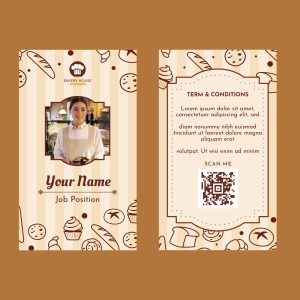
2. Die-Cut Designs
Break the rectangle rule. Go for a die-cut card shaped like:
~ A cupcake
~ A whisk
~ A doughnut
~ A slice of cake
This kind of tactile card is unforgettable and immediately tells people you’re in the bakery business.

3. Scratch-and-Sniff Cards
Yes, it’s possible. And it’s genius.
Add a scented layer of vanilla, chocolate, or coffee to your cards. It’ll immediately evoke craving and memory.
4. Eco-Friendly Kraft Cards
Go earthy and elegant with kraft paper cards. Especially good for home bakers or organic bakery brands.
Combine it with hand-drawn fonts, botanical doodles, or wax seals for a rustic vibe.

5. QR Code-First Design
Design your card around a scannable QR code that leads to:
~ Your Instagram page
~ WhatsApp order form
~ Google Maps listing
~ Website / Menu PDF
The digital meets the physical here, modern, sleek, and super efficient.
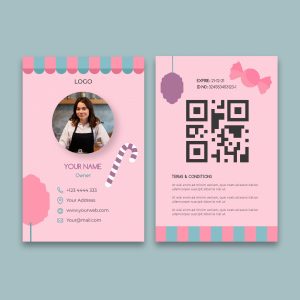
6. Instagram Handle Highlight
If you sell primarily through Instagram, design your card like an Insta post. Use your aesthetic, colors, and even a feed preview.
It shows consistency in branding and instantly connects your offline and online presence.
7. Transparent Cards
Printed on frosted plastic or acrylic, these cards look premium and modern. Add sprinkles or frosting design elements to make it look like a bakery masterpiece.
8. Edible Ink Cards (Conceptual/Promotional)
These are not for everyday distribution but can be used in special packaging. Example: Print your card design using edible ink on fondant sheets and place it on cupcakes for corporate gifting orders.
It’s a talking point. A branding move. A marketing moment.
9. Loyalty Card Combo
Merge your visiting card with a loyalty stamp card. For example:
“Buy 5 cupcakes, get 1 free”, with stamp spots right on the back.
This increases retention and customer engagement.
10. Pop of Color Cards
Use vibrant food colors (pastel pinks, chocolate browns, mint greens, cream beige) that mirror your actual cakes.
Avoid dull corporate tones. Your card should look as tempting as your desserts.

🛠️ Pro Tips for Designing Your Bakery Visiting Card
Use professional design tools like Canva, Adobe Illustrator, or hire a local designer.
Maintain brand consistency – match your packaging, social media aesthetics, and card colors.
Avoid clutter – don’t overload the card with too many elements.
Use high-quality paper or textures – matte, glossy, textured linen or recycled paper.
Test print before finalizing to check clarity and contrast.
📦 Add It to Your Packaging (and Purposefully)
Don’t just hand out cards when someone asks. Slide it in:
Inside every cake box
Tied with ribbons on gift hampers
Attached to event orders and bulk boxes
This way, your customer’s family, guests, or colleagues see it, and possibly become future customers.
💡 Final Thoughts
In a world full of bakery options, the tiniest details can make the biggest difference. A thoughtfully crafted bakery visiting card doesn’t just say “Here’s how to reach me.”
It whispers, “Here’s who I am. Here’s the care I put into my craft. And here’s why you’ll remember me.”
Let your visiting card be an extension of your bakery’s flavor, visually, emotionally, and professionally.
Because every good baker knows: presentation matters.
🎯 Bonus: Caption Ideas for Instagram If You’re Posting Your Card
“Not just a card. A slice of our story. 🍰”
“Because first impressions should be as sweet as our desserts.”
“New card drop! Now packaging every box with a side of branding.”
🎂 Ready to Make Your Bakery Brand Unforgettable?
Your visiting card gets customers to remember you.
Billberry’s Bakery POS makes sure they come back.
Whether you’re serving cupcakes, sourdough, or celebration cakes, your business deserves more than just good taste—it deserves a system that runs as smoothly as your buttercream.
With Billberry’s Bakery POS, you get:
✅ Lightning-fast billing at the counter or doorstep
✅ Smart inventory that tracks every gram of flour and frosting
✅ Order history that remembers your customer’s last cake flavor
✅ Real-time sales reports across outlets or franchises
✅ Loyalty programs that turn first-time buyers into regulars
No more chaos during rush hours. No more handwritten orders lost in the kitchen.
Just peace of mind, better processes, and more profits.
🎯 If you’re serious about scaling your bakery business, Billberry isn’t a choice, it’s your next recipe for success.
👉 Book your FREE demo now and see how thousands of bakeries across India are growing smarter with Billberry.
📞 [Insert link or contact]
📍 Built for bakeries. Backed by experts. Loved by customers.







